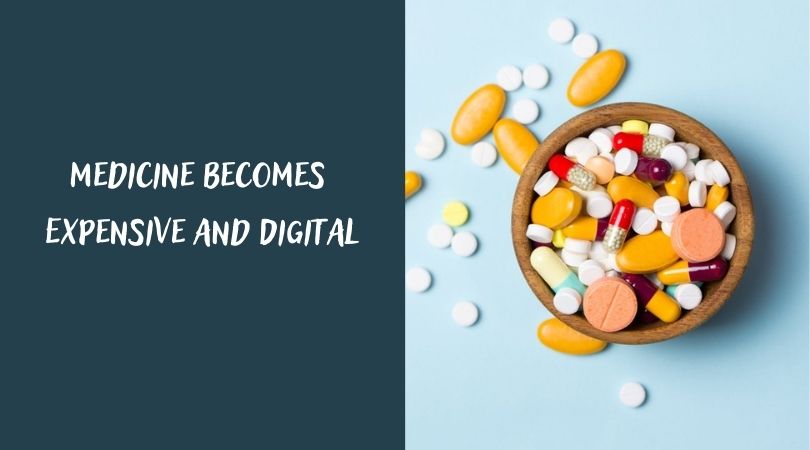
Global health care costs are rising at an accelerating rate due to an aging population, the spread of chronic diseases and the introduction of costly technologies. Market players will have to adapt to growing digitalization and adapt to changing external conditions, which follows from the report of the ClearView Healthcare Partners, a health care consulting firm.
According to the experts, the cost of healthcare in the world in 2021 amounted to $7.7 trillion. Until 2023, this spending will grow by an average of 5.4% per year and will reach $10 trillion. For comparison, from 2013 to 2021, the growth rate was 2.9% per year.
What to Expect in Healthcare: Expert Forecast
There will be a huge gap between different countries. While in the United States by 2022, $11.7 thousand per capita will be spent on healthcare per capita, in Pakistan it will be $54. In 2023, annual healthcare spending in North America should reach $4.2 trillion, in Western Europe $2.3 trillion, while in Latin America – only $437 billion, and in the Middle East and Africa – $279 billion.
Life expectancy will continue to rise, from 73.5 years in 2018 to 74.4 years in 2023. In this regard, the proportion of the population over the age of 65 will grow to 11.6%, amounting to 668 million people. In some remote areas, the proportion of older people will be much higher – in Japan, it will be 29%, and in Western Europe – about 22%.
According to analysts’ forecasts, the fight against infectious diseases will become more and more effective. For example, AIDS-related deaths have already fallen from 2.3 million in 2005 to 940,000 in 2017 and will continue to decline. The number of people who died from malaria dropped from about 1 million in 2000 to 445,000 in 2016.
The share of deaths from non-communicable diseases, primarily cardiovascular diseases, cancer and diabetes, will increase from 71% in 2021 to more than 80% (in a number of developed countries). The number of deaths related to environmental pollution is also on the rise. In 2017, their number was 4.2 million. First of all, this problem affects the Asia-Pacific region.
Experts also identified the main problems and challenges facing healthcare market players in 2021.
One of them is the need to maintain financial stability in the face of rapid change. It is about how, due to rising costs, players need to think about reducing costs and increasing efficiency, and about the emergence of new competitors in the form of technology companies for traditional medical institutions. According to the authors of the study, the medical technology sector will grow in the coming years by an average of 15.9% per year and will reach $280.3 billion by 2023.
Another task follows from this – investment in technology and digital transformation. Artificial intelligence can help diagnose and develop new drugs. Virtual and augmented reality can be used both in training doctors and in the treatment process. The medical Internet of things will help control the condition of patients.
Both states and IT giants pay attention to the development of this sphere. Apple is developing the Health Gorilla medical app, and Google is building AI that could predict the risk of disease in patients and improve the search for medical data.
Growing digitalization also affects the format of medical care. On the one hand, many procedures that used to require hospitalization can now be performed on an outpatient basis. On the other hand, telemedicine is becoming more widespread, that is, the provision of medical services online, through teleconferences, applications, etc.
According to USA Scientific, Inc, telemedicine is a rather attractive format in the USA. “Free medical care is accompanied by relatively difficult accessibility, long waiting times for appointments and queues. Private medical clinics are not yet as widespread in remote areas and are relatively expensive for most of the population. Online stores have formed consumer preferences for receiving goods or services “here and now”.
Another challenge is to adapt to the changing needs and expectations of customers. These changes are related to:
- the rise in chronic diseases,
- competition from technology companies,
- the proliferation of apps that allow people to track their health,
- consumer experience in other areas,
- greater exactingness of clients of paid medicine.
Another challenge for the industry is to comply with regulations, which are also changing quite rapidly. Due to digitalization, market players will have to pay more and more attention to cybersecurity, especially since people’s health data is quite sensitive.